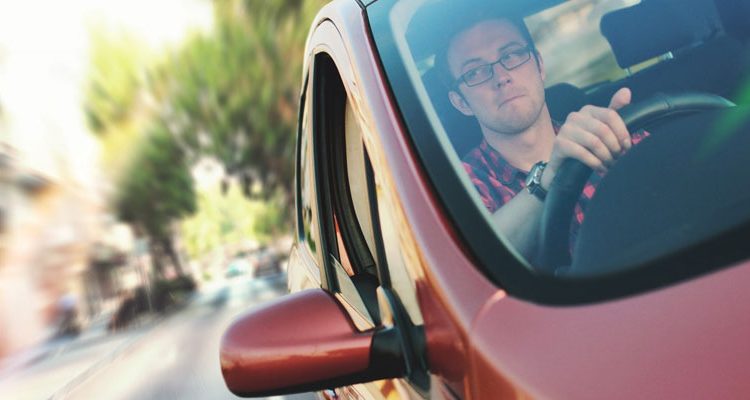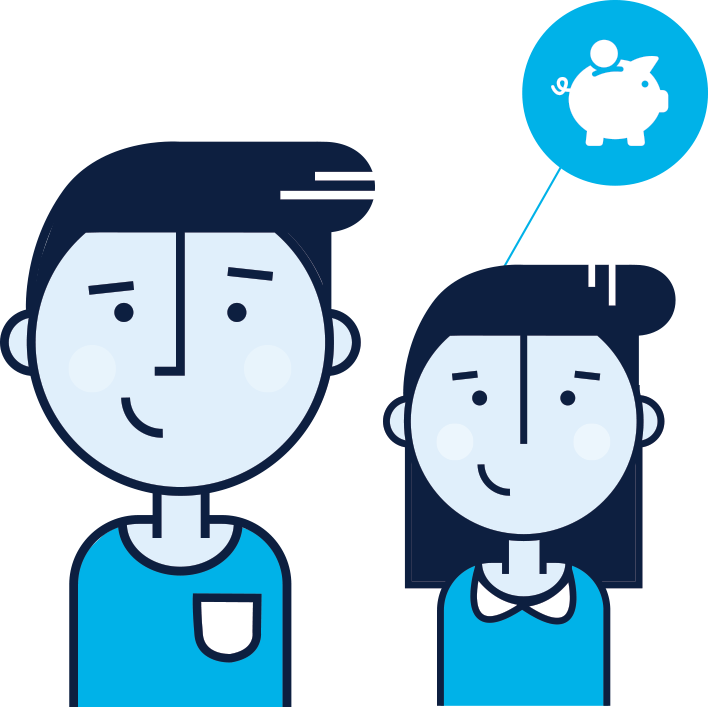At Dash Hound, we don’t just want you to save money. We want you to stay safe and become a good driver. That’s why the Dash Hound box is such a good idea – it makes you think about your driving habits and encourages you to concentrate on driving well.
Of course, you won’t keep the Dash Hound box forever – once you’ve built up a bit of driving experience, we’ll transfer you over to a standard policy. By then, good driving won’t be something you have to think about – you’ll just do it! Until then, you can do lots to keep yourself, and others, safe on the roads. Following this advice will also help keep your Dash Hound driving score high and your premium low!
Pay Attention!
In Northern Ireland in 2016, the number one cause of collisions involving injury was “inattention or diverted attention”. Of the 1,238 incidents, 110 involved a death or serious injury¹. The smallest lapse in concentration could result in an impact, so it’s really important to stay focused on your journey.
In the words of Kid President, “Put Down Your Phone”!
Watch Your Speed
Second on the list of accidents causing death or serious injury was speed. Now, this doesn’t necessarily mean that the speed limit was being broken. It may have been the case that the speed was inappropriate for the conditions. A speed limit sign just means that it’s the maximum speed allowed in that area but you should always drive at a speed that suits the conditions. Heavy rain will have a serious impact on your stopping distance, so it might be completely inappropriate to be driving at the speed limit in poor weather conditions.
If you haven’t seen a speed limit sign in a while and aren’t sure of the speed limit, here’s a handy rule of thumb to help you:
- In a built-up area with street lighting, the speed limit will usually be 30 mph, unless there are signs that say otherwise
- Where there is no street lighting, the default is 60 mph for single carriageways and 70 mph for dual carriageways
But remember, this is only a guide and you should always err on the side of caution. If in doubt, slow down!
Acceleration and Braking
Obviously, you have to do both of these to get around, but what we’re talking about is sudden or heavy acceleration and braking. The Dash Hound box contains a motion sensor, or accelerometer (similar to the one used in smart phones), that detects all motion, but in particular sudden movement. Harsh braking and acceleration lowers your driving score but can also cost you money and potentially damage your car. Not only does it result in the engine using more fuel but it puts a strain on the car’s drive train components (such as the clutch, gearbox and drive shafts).
By making sure you’re in the correct gear, driving at an appropriate speed and allowing plenty of stopping distance, you’ll keep your driving score high, all whilst saving yourself some money!
Cornering
Sharp cornering will also reduce your driving score. Cornering is one of those things you get better at with experience. Here are tips for becoming better at it:
- Reduce your speed – high speed cornering means you have little control over the car. Don’t brake going round the corner though – scrub off your speed before you go into the corner as braking can cause a loss of grip in the tyres. This could cause you to skid.
- Use the correct gear. A lower gear gives you more control of the car, meaning a much safer manoeuvre.
- When you’re out of the corner, only accelerate when your front wheels are pointing straight ahead.
- Doughnuts are for eating!
Late Night Driving
Driving late at night is considered riskier than during the day. It’s so much easier to creep above the speed limit when the roads are empty. Add in the tiredness factor and you’ll see why insurers prefer daytime driving. Whilst some policies have a 10 p.m. curfew, Dash Hound has none. Regular late-night driving will, however, lower your driving score and that could result in an increased premium next year. So, whilst driving late at night is allowed, keeping it to a minimum will benefit you.
Hopefully these tips will allow you to keep your driving score high and your premium low! Don’t forget to check the app regularly to keep track of your progress.
Happy driving, from Dash Hound – the young driver’s best friend!





